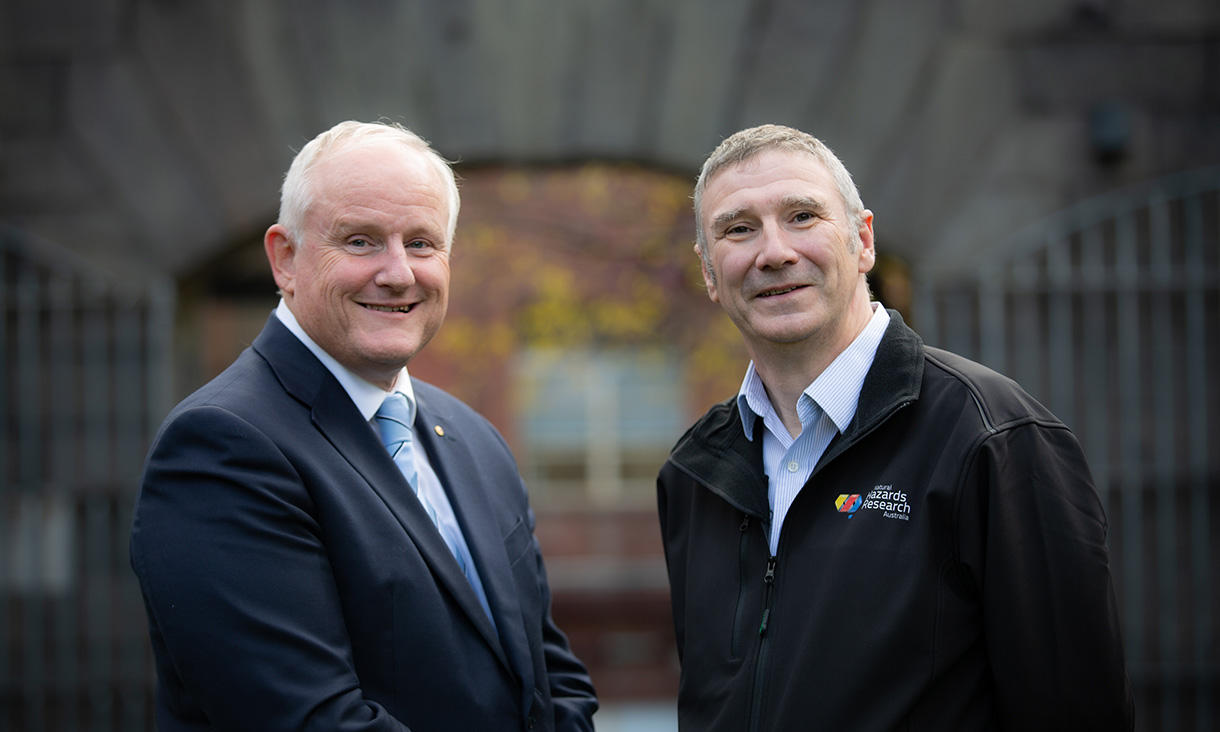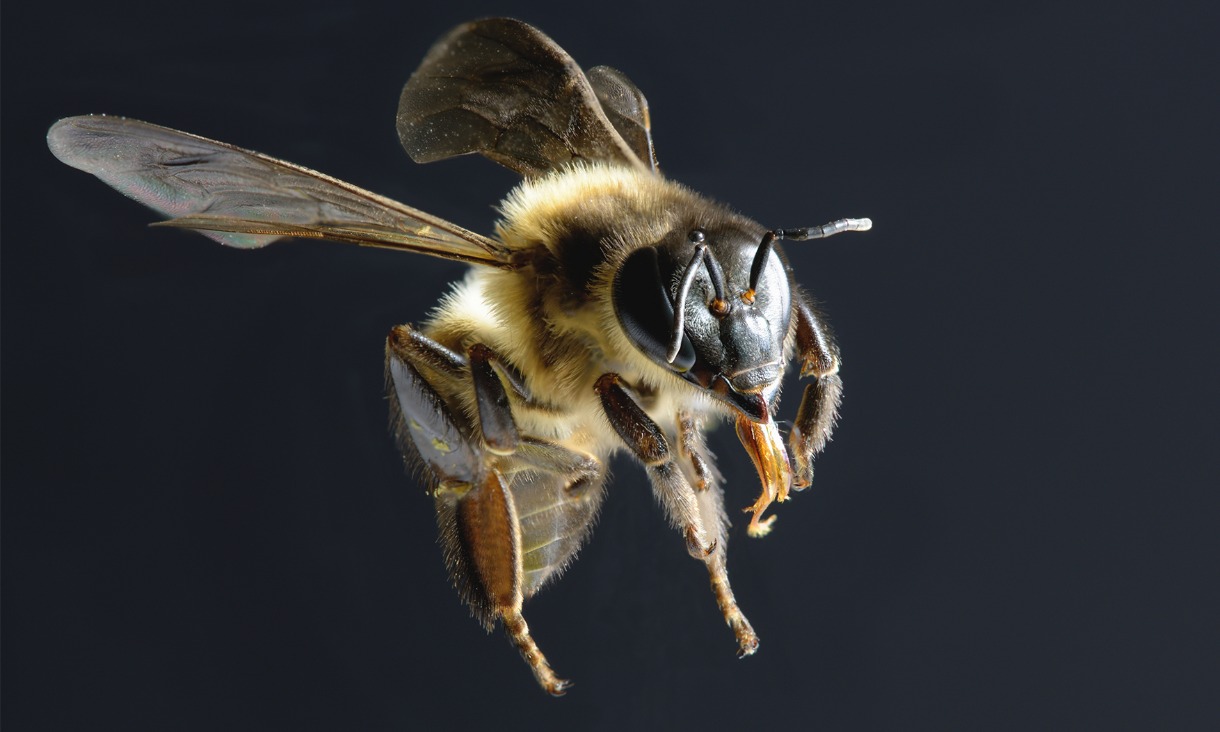Natural Hazards Research Australia has this week established its Victorian node in dedicated facilities on RMIT’s Melbourne city campus.
The Centre will act as a hub for staff, researchers, postgraduate students and emergency management workers from around Australia to collaborate on ideas and conduct research of national impact to address challenges from flood, fire, storm and other natural hazards.
Natural Hazards Research Australia is the national centre for natural hazard resilience and disaster risk reduction, funded for 10 years by the Australian Government from 1 July 2021.
As a collaborative research organisation, its partners include all fire and emergency service and land management agencies, major research institutions, government organisations, private industry and the not-for-profit sector.
The RMIT base for the Centre’s Victorian node on Cardigan Street, Carlton, is part of the university’s CBD North precinct development focused on urban renewal and resilience-building projects.
The CEO of Natural Hazards Research Australia, Dr Richard Thornton, said that a research-intensive university campus was an ideal place for a research centre of this nature.
“Our links with industry are strong and have been built up over 18 years. With the new Centre this is a time to extend our networks further into the research sector and assist with bringing the industry into the sector.
“This is what the Centre does well – building networks across disciplines and across industries for the benefit and safety of the wider community. And that fits well with the broader mission of RMIT.”
“The RMIT facilities and central location will provide a hub that will benefit all our partners and networks. From our RMIT base we will continue to work closely with other universities in Victoria and nationally.”







